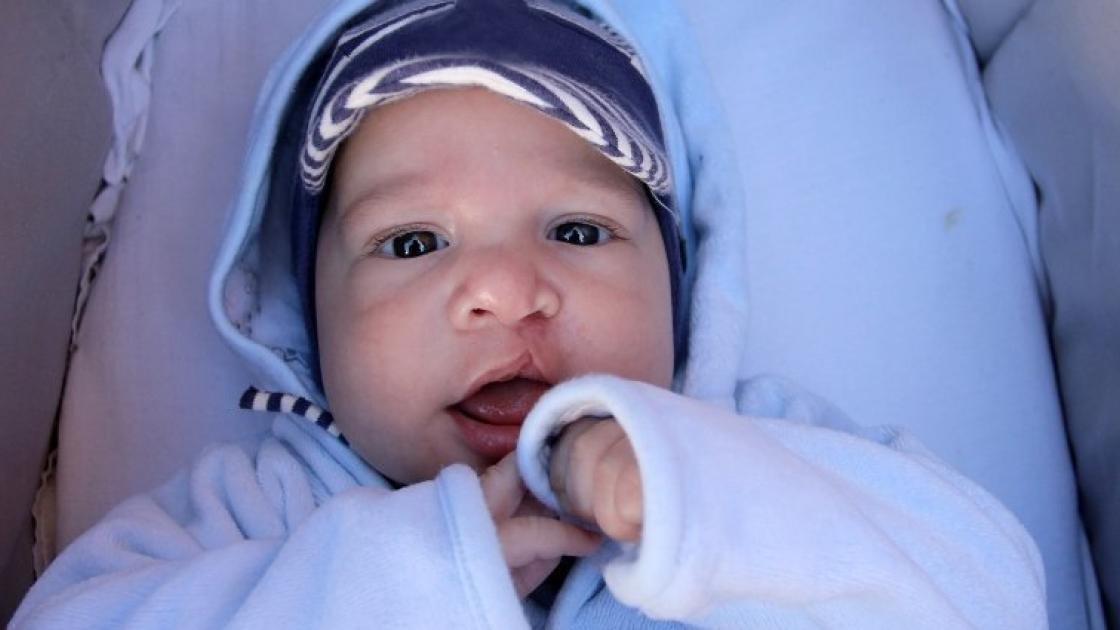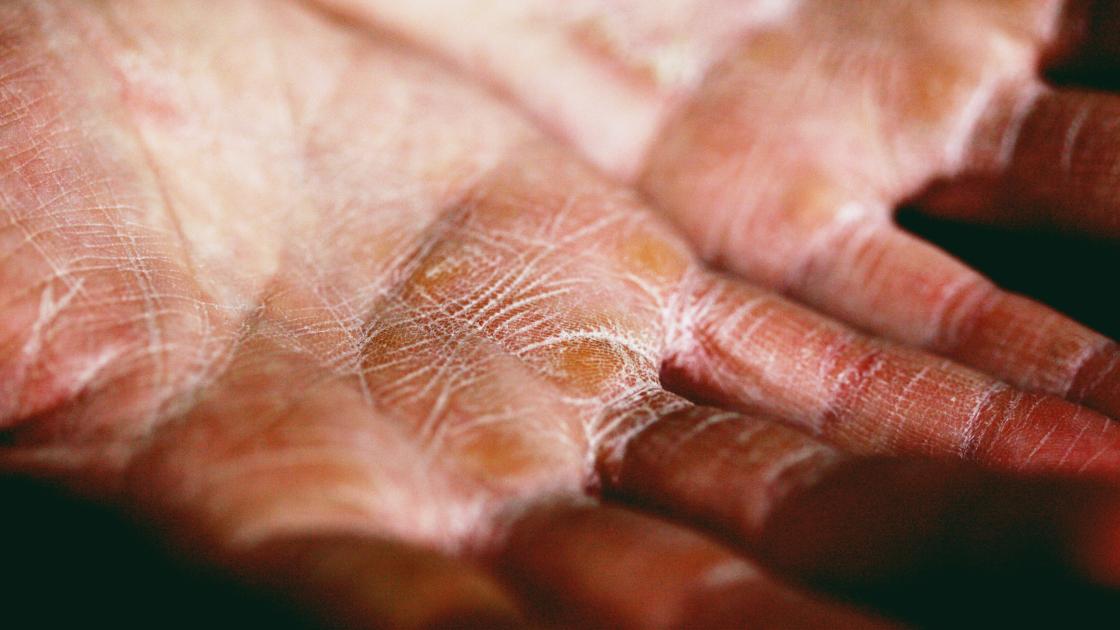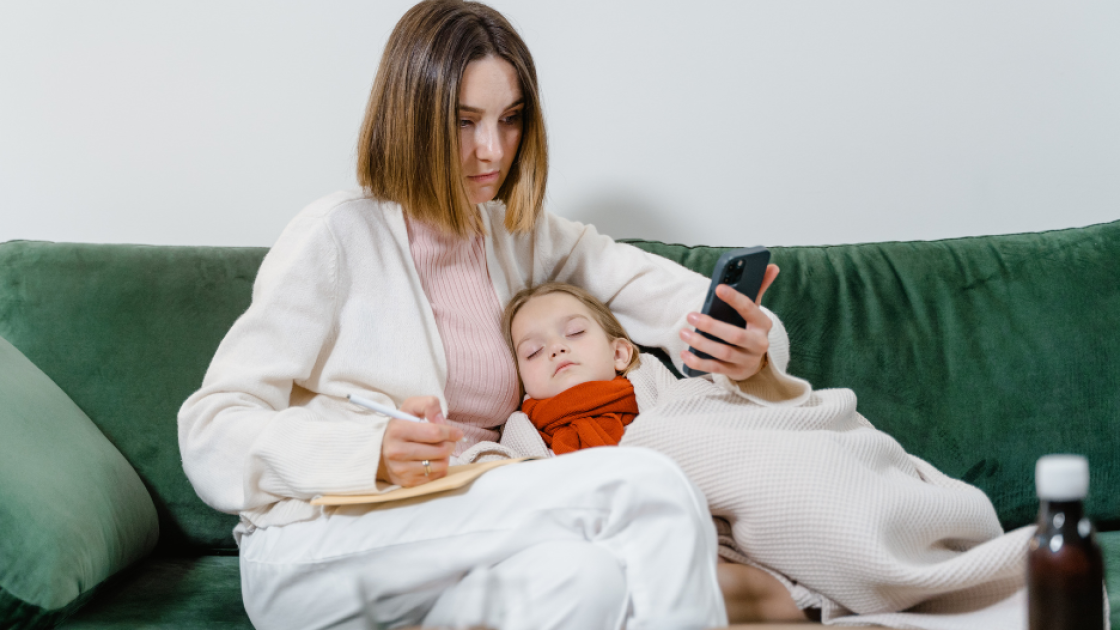
Treatments for a cleft lip and palate
One in sixteen hundred.
That’s how often babies are born with a cleft lip and a cleft palate in the United States, according to the Centers for Disease Control and Prevention. While having a child with a cleft lip and palate can cause distress to parents, the Cleft Team at SIU Medicine has advanced training to support families, provide reassurance and education, and deliver the highest quality care to treat this condition.
Understanding cleft lip and palate
A cleft lip or cleft palate is a division of a child’s upper lip or roof of the mouth (palate) where the lip or palate has not joined together as expected during development in the womb during the second and third months of pregnancy. Each can occur separately, but it’s more common for them to present together.
Cleft lip and palate is among the most common types of birth defects, and is sometimes associated with inherited syndromes or genetic conditions.
Special needs of cleft patients and parents
A cleft lip or cleft palate may make it difficult for a child to eat, speak or sometimes, even breathe. Babies with a cleft lip or palate may have a weakened sucking ability and need a special bottle to feed.
Many parents also worry about what others will think about their child’s appearance. The defect can be detected through ultrasound before the child is born, and the news may seem overwhelming to the parents. Parents and their families will need time to adjust and will require plenty of social, emotional and medical support as they go about managing their child’s health.
Cleft lip and palate treatment: What to expect
Through the Cleft Clinic at SIU Medicine, we provide individualized support to children and their families affected by this common condition. Our cleft team includes experienced cleft surgeons, orthodontists, oral surgeons, otolaryngologists (ear, nose and throat specialists), speech language pathologists, audiologists and social workers. The multidisciplinary group works together to help educate parents on the processes involved, so that they can move forward with confidence and understanding in caring for their child.
The initial surgery for a cleft lip or palate typically occurs within the first year of a child’s life. For example, cleft lips are often repaired when a child is between the ages of 3 to 6 months. Cleft palates are usually fixed a little later, when the child is between 9 and 14 months. Children will often need multiple surgeries and procedures as they continue to grow throughout their early life.
Is your child affected by a cleft lip and palate? The Cleft Clinic at SIU Medicine is available to care for your child and provide support for you and your family. Contact SIU Medicine today at 217.545.7031 to schedule an appointment.



